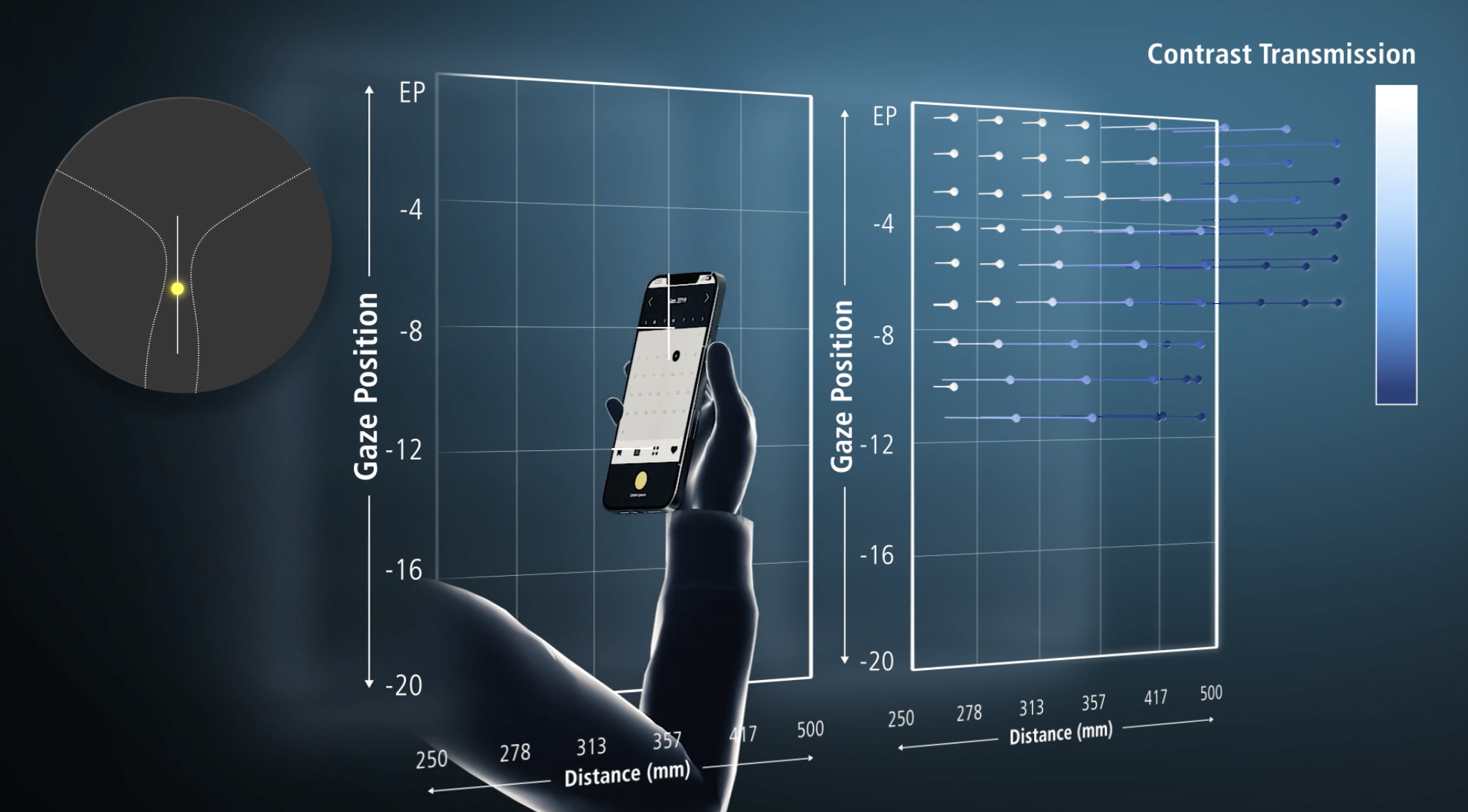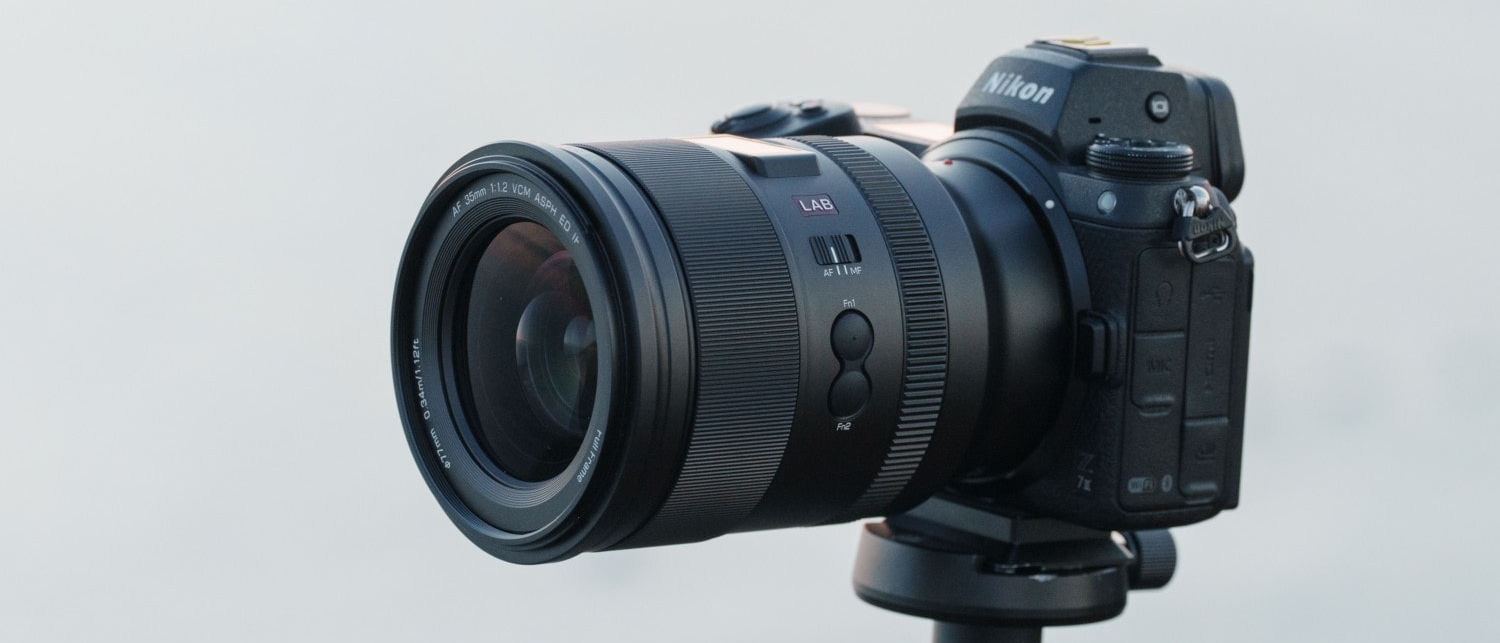Now you can get Nikon Z lenses for your glasses… designed using MTF charts!
Did you know that Nikon has been producing eyewear lenses since 1946? Now it's using MTF charts to make them better!

Nikon is harnessing camera lens technology to upgrade progressive lenses in its eyewear, improving contrast and giving wearers clearer vision.
Nikon began making spectacle lenses in 1946, when it launched the Pointal Lens, and in 1983 it introduced the first anti-glare coating with built-in scratch resistance. An immediate success in Japan, nearly 100% of lenses in the country now use this resilient coating.
It has now released its Z Series lenses, claiming to prevent presbyopia – an often natural part of aging, wherein the eyes gradually lose their ability to focus on nearby objects – by focusing on contrast, which is typically lacking in presbyopia lenses.
Nikon’s eyeglasses are allegedly the first where the manufacturer has measured the modular transfer function (MTF) to improve its lenses – the same MTF data that has long been used to evaluate camera lenses.
MTF testing provides a way to measure image sharpness in a repeatable way, measuring the lens’ ability to maintain contrast at specific resolutions.
During the manufacture of these lenses, the MTF was analyzed at each point in the horizontal and vertical directions of the lens surface. Using that data, the aberration and optical power were tweaked to improve the contrast.
Sometimes referred to as ‘no-line bifocals’, progressive lenses lack the line that travels horizontally across the bifocal lens – as such they eliminate the issue of the image jump, in which images appear to jolt when you switch between the near and far parts of the lens.
The best camera deals, reviews, product advice, and unmissable photography news, direct to your inbox!
Consequently, though, progressive lenses can also cause peripheral blurriness, or distortion. With the precise manufacturing of Nikon’s lenses due to measuring the MTF, the distortion is supposedly reduced.
"Nikon has developed a completely new optical design engine that provides optimal contrast through MTF analysis," says Nikon on its Z Series webpage. "Based on MTF analysis, aberrations and powers are tuned to a new dimension, improving contrast.
"The Z series relieves you from the 'effort to see' caused by presbyopia. It's now easier to focus in a more comfortable position than ever before. You can instantly see what you want to see, giving you a free field of vision."
Take your eyewear to the next level with the best camera glasses around. If it's camera lenses you're looking for, check out our guide to the best Nikon Z lenses.

After graduating from Cardiff University with an Master's Degree in Journalism, Media and Communications Leonie developed a love of photography after taking a year out to travel around the world.
While visiting countries such as Mongolia, Kazakhstan, Bangladesh and Ukraine with her trusty Nikon, Leonie learned how to capture the beauty of these inspiring places, and her photography has accompanied her various freelance travel features.
As well as travel photography Leonie also has a passion for wildlife photography both in the UK and abroad.

